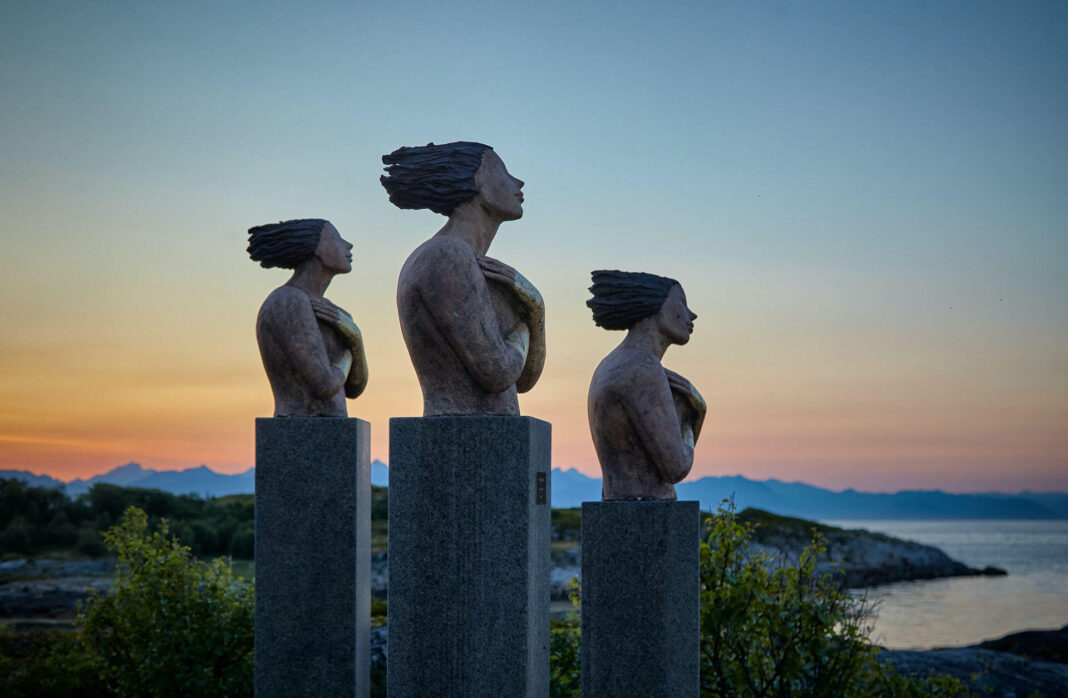在“刺绣的苔藓与密林”这类作品中,艺术家将自然的生机与纺织艺术巧妙融合,用针线勾勒出森林的深邃与苔藓的柔软。翠绿的丝线层层叠叠,仿佛真有水汽渗出,营造出一种既细腻又沉静的视觉氛围。细小的针脚模拟苔藓的绒感,而深色的线条则描绘出树干与枝叶的交错,展现出森林中难以言喻的神秘与宁静。这类作品不仅是对自然风貌的还原,更是一种精神上的投射,让人仿佛置身林中,聆听风声与树语。通过纤维艺术的方式去表达自然,既传承了传统刺绣工艺,又拓宽了其表现边界。它提醒我们:自然的细节同样值得被凝视与珍惜,而艺术正是那道连接手工与山野的温柔通道。
Usually when a museum is flooded with water, something has gone seriously wrong. But at the Fondation Beyeler just outside the Swiss city of Basel, the flooding of the museum is all part of the show: a new site-specific installation called Life by the Danish-Icelandic artist Olafur Eliasson.
The artist has removed one side of the Renzo Piano-designed building (with the architect’s blessing) and let the feature pond—usually separated from the climate-controlled interior by a large glass wall—into the museum. Visitors can navigate the waters, which are up to 80cm deep, using a series of walkways that run in and out of the building. At night, the interior is lit up with blue light.

Eliasson has also dyed the water a fluorescent green and filled it with pond plants, including water lilies and shellflowers selected by the landscape architect Günther Vogt. The water has been coloured using uranine, an organic dye that is commonly used to observe water currents, and which Eliasson has used previously for his Green River (1998) work where he dyed rivers in cities such as Stockholm, Tokyo and Los Angeles.

In an accompanying artist statement, Eliasson writes: “Together with the museum, I am giving up control over the artwork, so to speak, handing it over to human and non-human visitors, to plants, microorganisms, the weather, the climate—many of these elements that museums usually work very hard to keep out.”
The southern side of the building will be open to the elements for the duration of the show, which ends in July. Eliasson writes that “even if no human visitors are in the space, other beings—insects, bats, or birds, for instance—can fly through or take up temporary abode within it.” This possibility is very much part of the work, with the artist adding that when he first spoke to the museum’s director Sam Keller about ideas for the show, he thought to himself: “Why don’t we invite everyone to the show? Let’s invite the planet—plants and various species”.
The show is open 24 hours a day. “Visitors can access the installation at any time. After 9.30pm they do not need a ticket,” says a spokeswoman. She adds that, in terms of non-human visitors, so far there have been “insects, spiders, ducks, a goose and cats.”


